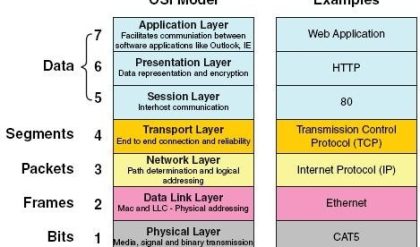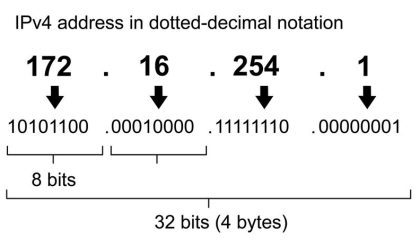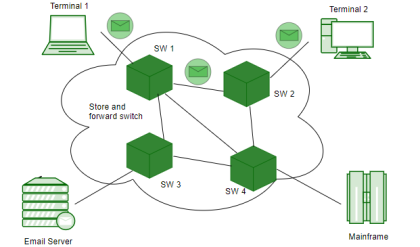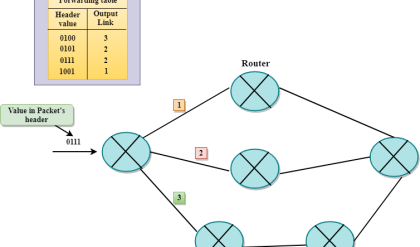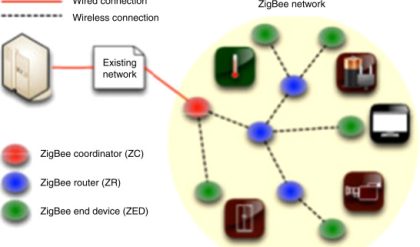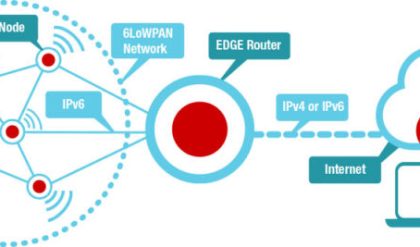All networks, large or small, require specialized network hardware to make them work. Small or large, all networks are built from the following basic building blocks:
- Client computers: The computers that end users use to access the resources of the network. Client computers are typically computers located on users’ desks. They usually run a desktop version of Windows such as Windows 7, Vista, or XP. Client computers are sometimes referred to as workstations.
- Server computers: Computers that provide shared resources, such as disk storage and printers, as well as network services, such as e-mail and Internet access. Server computers typically run a specialized network operating system along with special software to provide network services.
- Network interface: An interface — sometimes called a network port — that’s installed in a computer to enable the computer to communicate over a network. Almost all network interfaces implement a networking standard called Ethernet.
A network interface is sometimes called a NIC, which stands for network interface card, because in the early days of networking you actually had to install a separate circuit card in the computer to provide a network interface. Nowadays, nearly all computers come with network interfaces built in as an integral part of the computer’s motherboard.
- Cable: Computers in a network are usually physically connected to each other using cable. Although several types of cable have been popular over the years, most networks today use a type of cable called twisted-pair, also known by its official designation 10BaseT.
Twisted-pair cable is also sometimes referred to as Cat-5 or Cat-6 cable. These terms refer to the standards that determine the maximum speed with which the cable can carry data, Cat-6 being rated for more speed than Cat-5.
Twisted-pair cable can also be referred to simply as copper, to distinguish it from fiber-optic cable which is used for the highest-speed network connections. Fiber-optic cable uses strands of glass to transmit light signals at very high speeds.
- Switches: Network cable usually doesn’t connect computers directly to each other. Instead, each computer is connected by cable to a device known as a switch. The switch, in turn, connects to the rest of the network. Each switch contains a certain number of ports, typically 8 or 16. Thus, you can use an eight-port switch to connect up to eight computers. Switches can be connected to each other to build larger networks.
- Wireless networks: In many networks, cables and switches are making way for wireless network connections, which enable computers to communicate via radio signals. In a wireless network, radio transmitters and receivers take the place of cables.
The main advantage of wireless networking is its flexibility. With a wireless network, you don’t have to run cables through walls or ceilings, and your client computers can be located anywhere within range of the network broadcast. The main disadvantage of wireless networking is that it’s inherently less secure than a cabled network.
- Network software: Although network hardware is essential, what really makes a network work is software. A whole bunch of software has to be set up just right in order to get a network working. Server computers typically use a special network operating system (also known as a NOS) in order to function efficiently, and client computers need to have their network settings configured properly in order to access the network.
